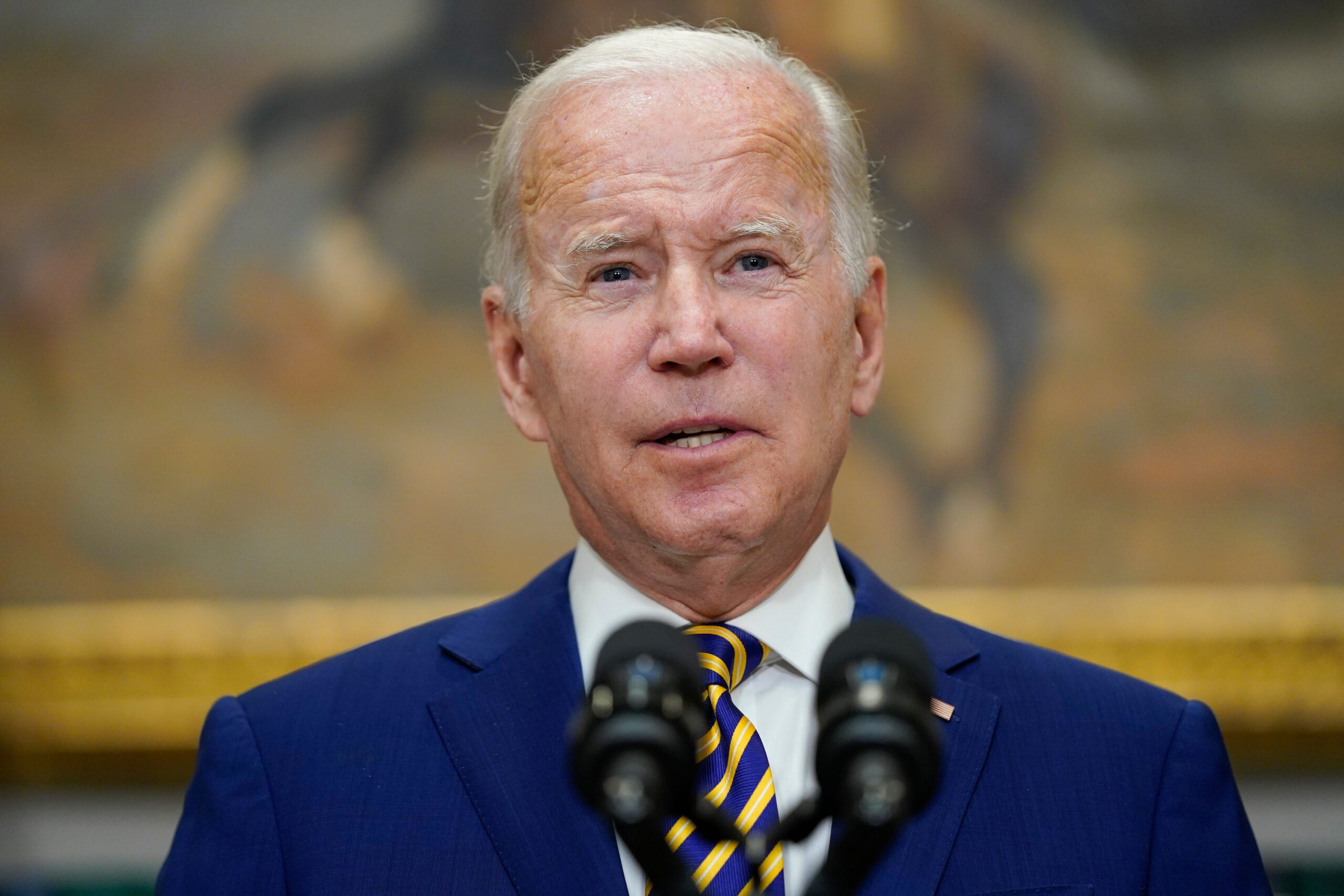It’s a life-changing announcement. Nearly 90% of the planned debt cancellation for those no longer in school will go to borrowers earning less than $75,000, the Biden administration said, noting that the cost of four-year college has nearly tripled since 1980, even accounting for inflation.
But what does the announcement mean if you recently paid off your federal student loans? Or what if you paid them down? Are you still eligible for some kind of student loan forgiveness under Biden’s plan?
There’s good news and bad news.
If you made payments after March 13, 2020, you may be eligible for a refund
The bad news: If you paid off your federal student loans before March 2020, you are not expected to be eligible for this federal student debt relief. More specifics about how Biden’s loan forgiveness plan will work are expected to be released soon, but the plan applies only to current student debt holders.
“I have seen nothing to indicate that if you paid off your loans, that you’d be eligible for forgiveness,” said Scott Buchanan, executive director of the Student Loan Servicing Alliance, a nonprofit trade association.
There is, however, a possibility for a refund for student loan payments made after March 2020. The COVID-era policy in place allows borrowers this opportunity, per the Department of Education.
“You can get a refund for any payment (including auto-debit payments) you make during the payment pause (beginning March 13, 2020). Contact your loan servicer to request that your payment be refunded,” the Federal Student Aid (FSA) office’s website states.
To demonstrate how those refunds work, Buchanan outlined an example of a borrower who made a lump sum payment of $1,000 in June 2021, bringing their balance down to $8,000, and now wants a refund for that payment. The loan servicer should say, “Great. Your balance as of right now is $8,000. We’re going to send you a check for $1,000 and then your loan balance will increase to $9,000,” Buchanan said.
But what we do not know yet is how Biden’s student debt relief plan will impact those payments made during COVID. Buchanan said the date that the government chooses to look at loan balances for the forgiveness plan could potentially impact whether or not requesting that refund could maximize any loan forgiveness if you are eligible for one.
Generally, the Department of Education determines recipients of loan forgiveness, “but that forgiveness is based on what your balance was on X date,” Buchanan said.
Also read: Don’t You Hold Me Down – Alan Walker
“Let’s say they choose July 1, 2022… [They will say] ‘Servicer, tell me what their balance was on that date?’ And that’s how much forgiveness you are going to get,” he added.
Under this scenario, if you owe $10,000 and requested a $2,000 refund on pandemic-era payments today, after that hypothetical date, and bumped up your loan balance to $12,000, only $10,000 of that loan may be forgiven.
In this case, “That refund did nothing to give you any more money, it just put it in your hands rather than in a loan,” Buchanan said. But he cautioned that the Department of Education may go in a different direction that would allow borrowers to get a refund and their loans fully forgiven, in which case they might actually “make money off of it,” he said.
That’s why Buchanan’s advice to borrowers is to hold off on requesting a refund for any pandemic payments until the Department of Education issues more guidance on how exactly it will interact with Biden’s loan forgiveness plan. Unless, of course, you need the refund money in your pocket right now.
“If you need that cash because of expenses, or because you lost your job, then absolutely request it,” he said, noting that is the kind of pandemic-related flexibility the policy was created to address. “But if you’re coming at it and saying, ‘I want to get more loan forgiveness.’ I’m not sure that that’s the right strategy until we get more guidance,” he added.
In the meantime, keep your information with your loan servicer up to date. “Your loan servicer is the only person who can give you loan forgiveness, no one else can do it,” Buchanan said.
Also read: Cheers to Season 13! Look Back at ‘Blue Bloods’ Cast From Season 1 to Now
You can find out your loan servicer by pulling your last student loan billing statement and calling the number listed there, he said.
Be wary of people impersonating the Department of Education, or your loan servicer, or people claiming to give you loan forgiveness for an expedited fee.
“Every time there’s been an announcement on an extension or discussion on forgiveness, these scam artists are coming out, calling people, leaving voicemails, putting on all these websites that ‘help’ people get into these free programs,” said Tony Aguilar, CEO of Chipper, an app aimed at helping student loan borrowers understand and manage their debt. ”And a lot of times they are charging people hundreds of dollars.”
If people ask you for money upfront, or a monthly maintenance fee, your FSA ID username or password, those are signs of a scammer, Buchanan said. “Part of having a federal student loan is you get free customer service,” he added.
If you’re still unsure who your loan servicer is or need further assistance, you can get help by signing into your Federal Student Aid account dashboard and navigating to the “My Loan Servicers” section, or you can call the Federal Student Aid Information Center at 1-800-433-3243.














Leave a comment